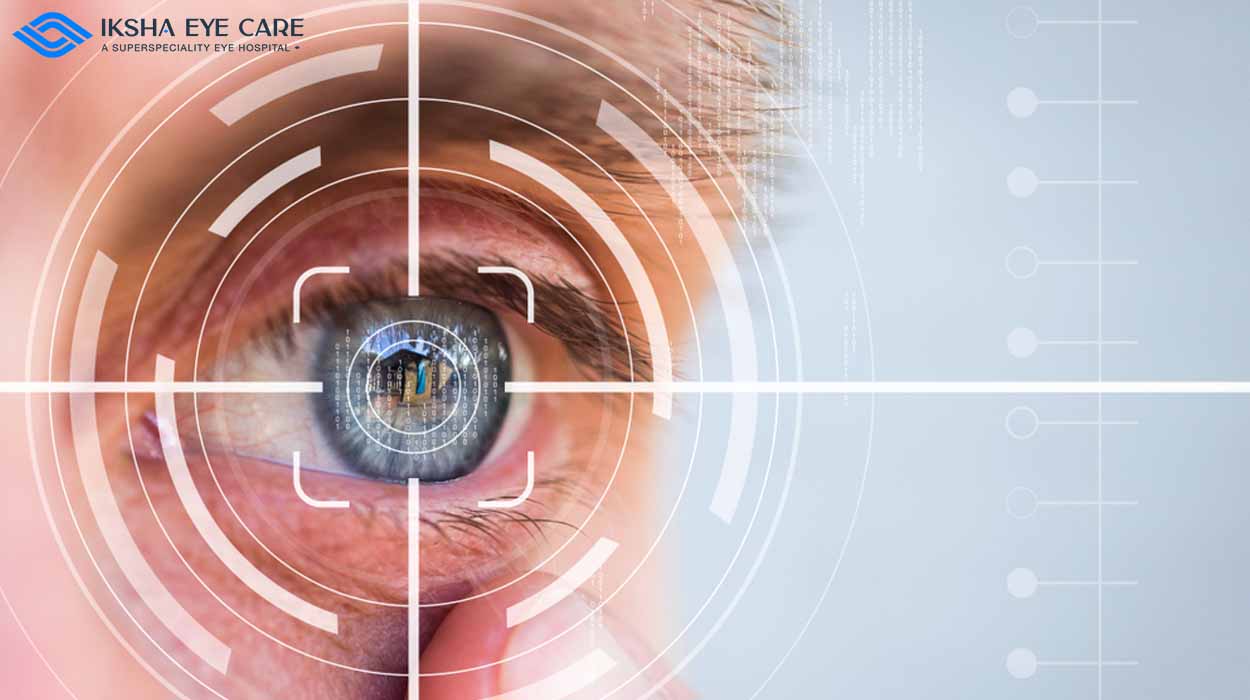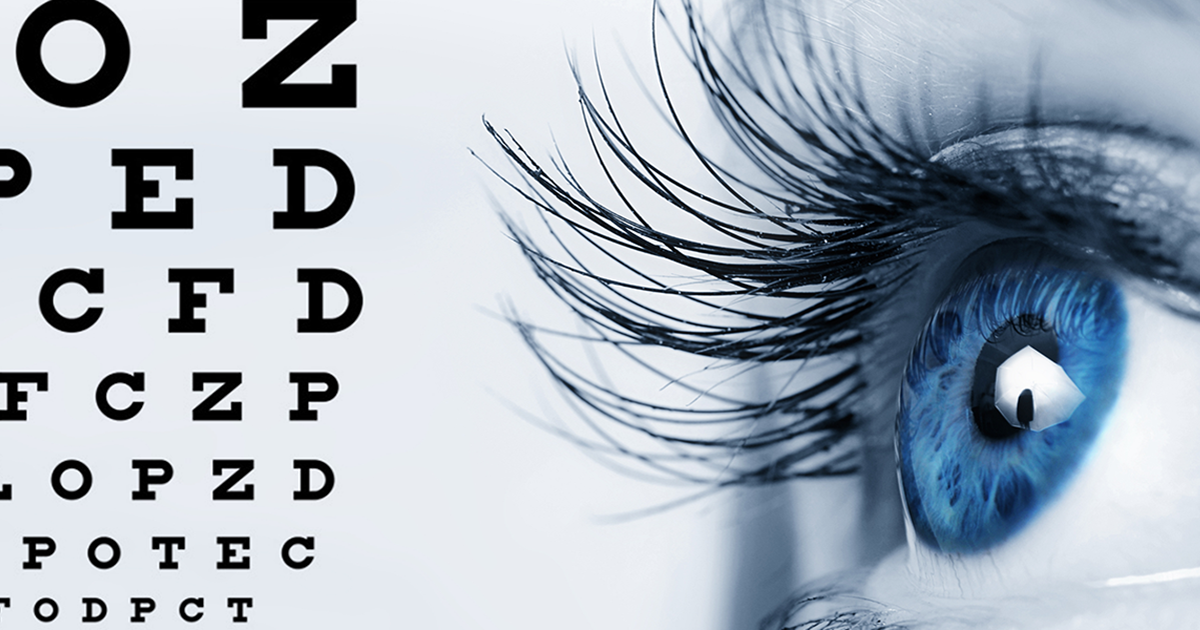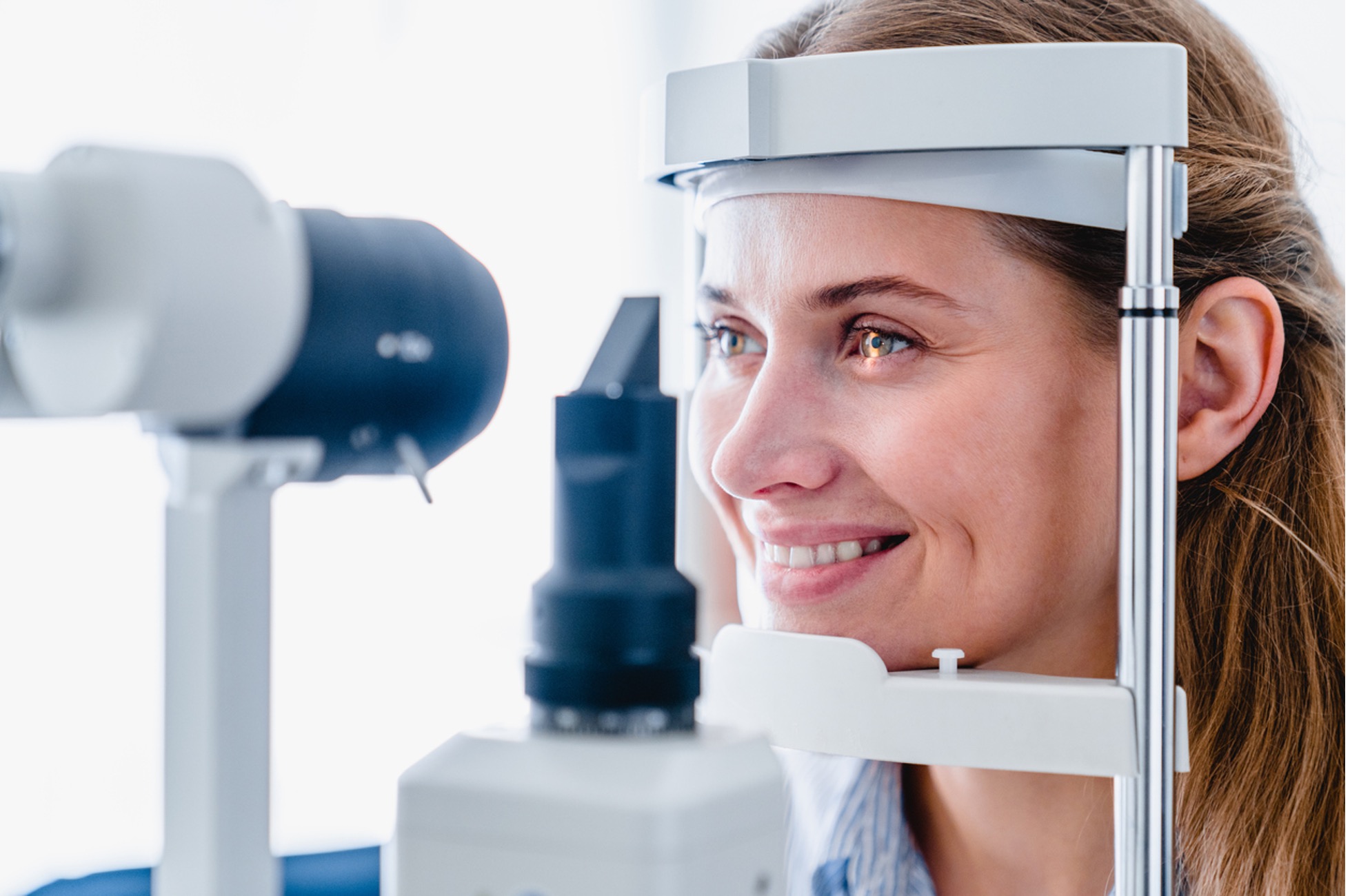The Role of Advanced Diagnostic Equipment in Identifying Eye Disorders
In the world of ophthalmology, the usage of sophisticated analysis devices has actually transformed the early identification and monitoring of various eye conditions. As the demand for specific and prompt medical diagnoses continues to grow, the integration of innovative tools like optical comprehensibility tomography and visual field testing has actually ended up being essential in the realm of eye treatment.
Importance of Early Diagnosis
Early medical diagnosis plays an essential function in the efficient monitoring and therapy of eye conditions. Timely identification of eye conditions is important as it permits timely intervention, potentially preventing further development of the illness and minimizing long-term difficulties. By finding eye conditions at a very early stage, health care service providers can offer appropriate therapy plans customized to the particular condition, eventually causing far better results for clients. Early diagnosis enables clients to access necessary assistance services and resources faster, improving their general top quality of life.

Modern Technology for Discovering Glaucoma
Sophisticated analysis technologies play a critical function in the early detection and monitoring of glaucoma, a leading cause of irreparable loss of sight worldwide. One more advanced device is aesthetic area screening, which maps the sensitivity of an individual's visual field, helping to discover any areas of vision loss attribute of glaucoma. These sophisticated diagnostic tools make it possible for ophthalmologists to identify glaucoma in its very early stages, enabling for prompt treatment and far better administration of the disease to protect against vision loss.
Role of Optical Coherence Tomography

OCT's capacity to quantify retinal nerve fiber layer thickness enables for precise and unbiased dimensions, helping in the early discovery Full Article of glaucoma also before visual field problems emerge. Moreover, OCT technology permits longitudinal surveillance of architectural adjustments in time, facilitating tailored therapy strategies and timely treatments to assist protect people' vision. The non-invasive nature of OCT imaging also makes it a preferred selection for keeping track of glaucoma development, as it can be duplicated consistently without creating pain to the person. On the whole, OCT plays a crucial function in enhancing the analysis accuracy and management of glaucoma, inevitably adding to better results for people in jeopardy of vision loss.
Enhancing Diagnosis With Visual Field Testing
An essential element in comprehensive ophthalmic examinations, visual field screening plays a crucial function in enhancing the analysis process for numerous eye disorders. By examining the complete degree of a patient's aesthetic area, this test offers vital info regarding the functional integrity of the whole aesthetic pathway, from the retina to the aesthetic cortex.
Visual area screening is particularly beneficial in the medical diagnosis and management of problems such as glaucoma, optic nerve conditions, and various neurological diseases that can influence vision. With quantitative dimensions of outer and main vision, medical professionals can detect refined modifications that might show the existence or development of these conditions, even prior to recognizable signs and symptoms occur.
In addition, visual area testing permits the monitoring of treatment effectiveness, helping eye doctors tailor healing treatments to private clients. eyecare near me. By tracking modifications in aesthetic field performance over time, medical care companies can make informed choices concerning readjusting medicines, advising surgical interventions, or executing various other suitable actions to maintain or enhance a person's visual feature
Handling Macular Degeneration

Conclusion
Finally, advanced analysis tools play a vital role in determining eye problems early on. Technologies such as Optical Comprehensibility Tomography and visual area testing have considerably enhanced the precision and effectiveness of detecting conditions like glaucoma and macular deterioration. Early discovery enables for timely treatment and monitoring of these disorders, ultimately resulting in much better outcomes for patients. It is crucial for health care specialists to stay updated on these developments to give the most effective possible treatment for their clients. eyecare near me.